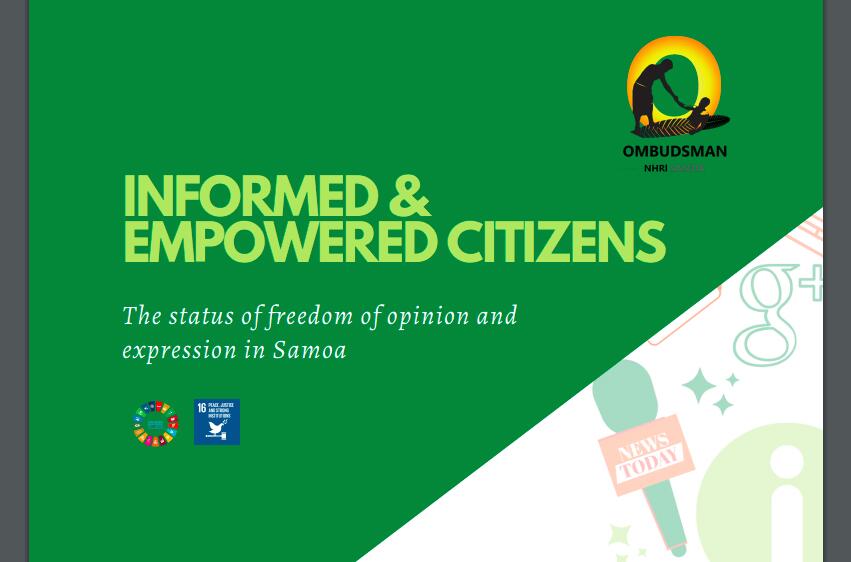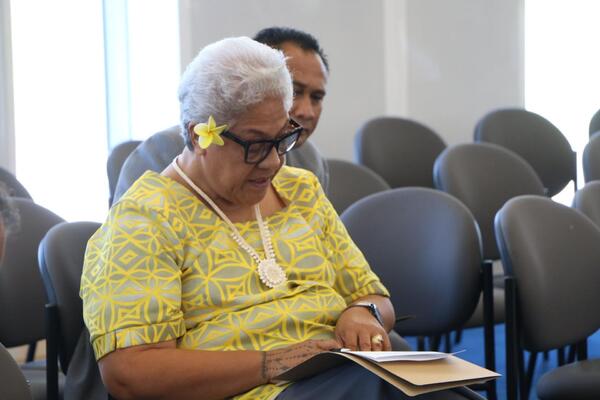The Fa’aSamoa and human rights are similar in many respects, but at the same time it clashes.
For example, Samoa is a society built on a foundation of respect and human dignity, vastly preceding the very first international human rights convention. International human rights reflect similar if not the same principles and values.
This is outlined in the informed and empowered citizens report prepared by the office of the Ombudsman.
The report says a wide range of collective and cultural rights that if used properly, will help to reinforce Fa’aSamoa and individual rights in the rapidly changing modern day environment.
However, reconciling Fa’aSamoa and the international human rights system can and is still a major challenge in practice.
There is a misguided perception held by many that human rights is a foreign and intruding construct, says the report.
Such view is compounded by the belief that human rights are individual rights and that this threatens the collective focus of Fa’aSamoa.
In relation to freedom of expression and the Fa’aSamoa there have been mixed views especially in connection to its application and limitations.
For example, it is convention that in the Samoan culture individuals are expected to listen to their elders or leaders.
Furthermore, the traditional status of a Samoan child within the family is that the child must obey and do as s/he is told by their parents without further discussion.
The application of freedom of speech in Samoa currently does not take into consideration the boundary as to how far one may exercise their freedom of speech and expression, where there is existing tu ma aganuu (po o ai e saunoa ma faia tonu – “who should speck and make decisions”) [emphasis added]
However, it is important to emphasize that human rights is not the entitlement of one person or group of persons. It is universal.
Everyone is entitled to exercise their rights including expressing opinions and views regardless of their status, background etc. with the duty of respecting the rights of others.
Such clash as to the application of human rights and the Fa’aSamoa is what many view as a reason of why some human rights are inconsistent with our Fa’aSamoa.
To ensure that our human rights and Fa’asamoa are valued and respected, it is essential that any conflicts that may arise in reconciling the two are addressed and explained to ensure that the Fa’asamoa and human rights are viewed and understood as complementary. One of the ways for doing so is to appreciate the similarities of the values and principles shared by both.










